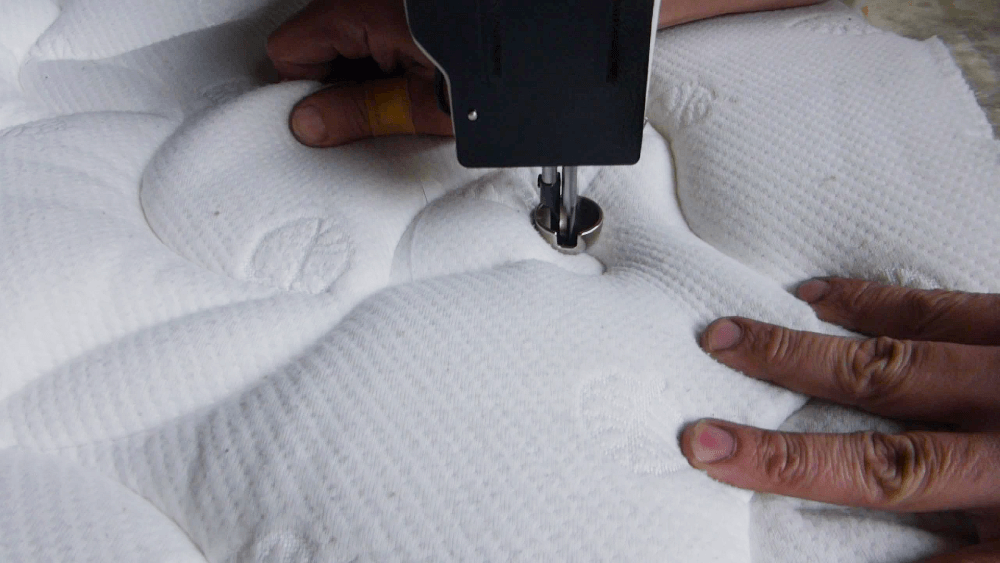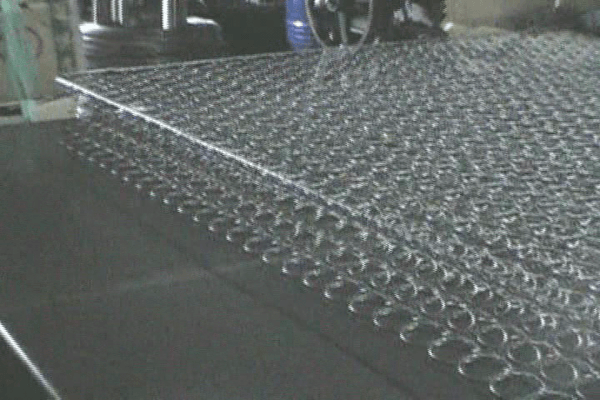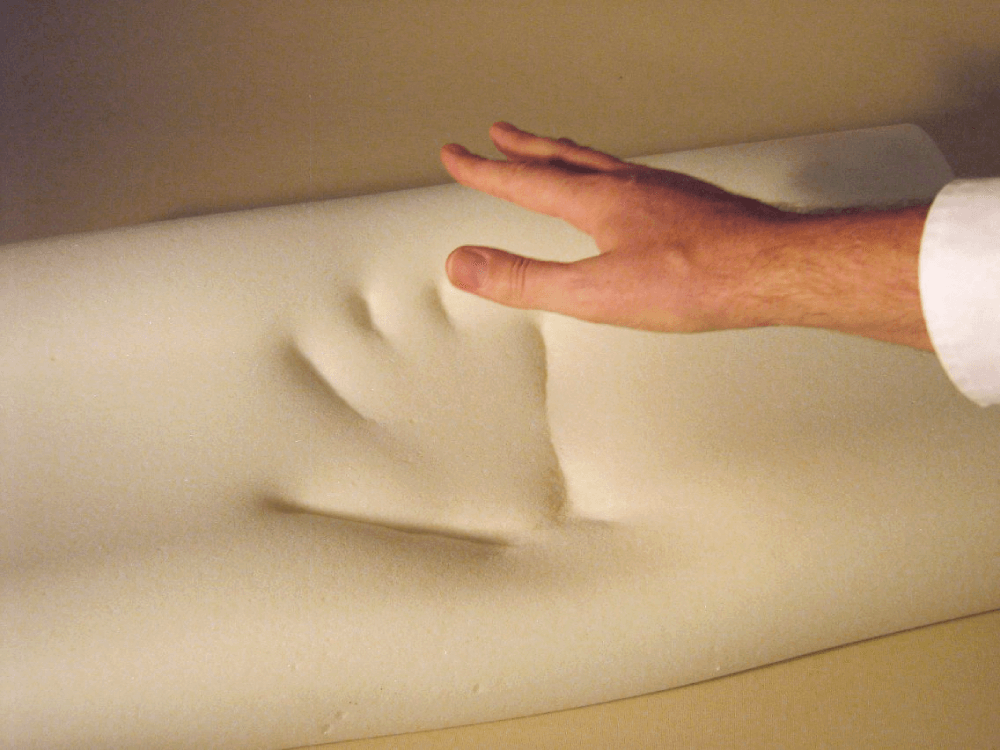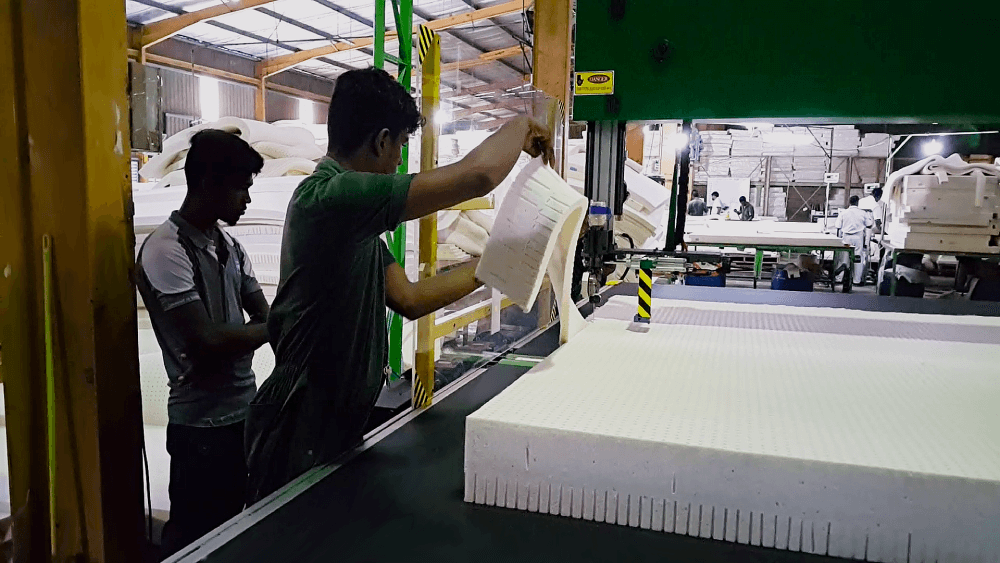Let’s talk about mattresses. In this article we’ll cover a common misconception about foam, break down the different types of foam mattresses, and identify key demographics.

Misconception: Polyurethane Foam vs. Memory Foam
This question itself holds a misconception because memory foam is a type of polyurethane foam! In the foaming industry, we call memory foam viscoelastic, and it’s basically a denser, more elastic, and low-resilience polyurethane foam. Pros in the mattress industry typically call regular non-viscoelastic PU foam polyfoam. So we should rephrase the question: polyfoam vs. memory foam, which one is for me?
Polyfoam
This is your most traditional foam, typically seen on innerspring mattresses. Polyfoam density and stiffness are adjustable to a certain degree, and typically, denser foams are more expensive because they require more materials. We have an upcoming article all about foam densities (subscribe to stay up to date with the Sunkist blog), so suffice to say that denser foams also tend to last longer. Innersprings are cooler thanks to the springs inside, but are also noisier and bulkier as a result, requiring compression packaging to shrink and ship. Polyfoam mattresses make up the majority of the global market because they are A) widely known, and B) cheap to make.

Memory Foam
Viscoelastic holds a huge share of the global market as well, however, with several powerhouse manufacturers from the U.S. The low resilience of memory foam makes it very good for pressure and pain relief. Side-sleepers, for instance, can lie on a memory foam mattress without feeling as much pressure on their shoulders and hips. Memory foam is also quieter to sleep in and allows for more motion isolation, making it ideal for people who share a bed. This sensory difference is key when talking about polyurethane foam vs. memory foam—memory foam sleepers feel like they are “in” the mattress, whereas polyfoam sleepers prefer being “on” the mattress.
The potential downsides to memory foam are that it sleeps hotter and it’s not very responsive. People with joint pain, for instance, may prefer memory foam for pressure relief, but they might also have a hard time getting out of a memory foam mattress. As a solution, memory foam mattresses typically come stacked with a blend of polyfoam for stiffness and cooling gels to prevent overheating.

Another problem with memory foam people often ask about is offgassing, which we cover in more detail here.
Latex
Last but not least, latex mattresses are also a major global player. Manufacturers typically set up latex as an opponent to memory foam. Unlike viscoelastic, it sleeps cool, is typically made of natural material (though synthetic latex is also an option), and is bouncy and responsive. On the flipside, it offers less pressure relief, is generally heavier, and is more expensive. Memory foam can range from around USD 400 to upwards of $2000, but latex products all seem to be in the price range of $1000 and above.

Takeaways
The three primary types of mattress foams are polyfoam, memory foam, and latex. When asked polyurethane foam vs. memory foam, our answer is that polyfoam is the cheapest and most globally prevalent. Memory foam is gaining market ground by virtue of its orthopedic benefits as a new solution to comfort. Latex is a growing segment transitioning out of luxury use and entering the mainstream as an alternative to memory foam.